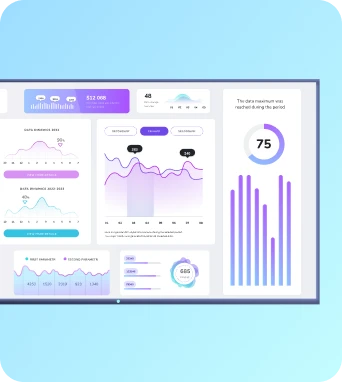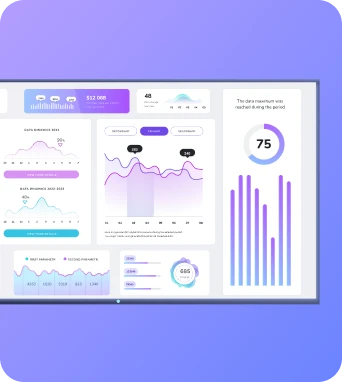Digital Signage Wiki/Real-time network load balancing
3 min read
Apr 24, 2025
Real-time network load balancing
Real-time network load balancing refers to the dynamic distribution of network traffic across multiple servers or resources to optimize performance and ensure reliability in digital signage systems.
What is Real-time network load balancing?
Real-time network load balancing is a critical technology in the realm of digital signage, ensuring that content delivery is seamless and uninterrupted. By distributing network traffic across multiple servers, it optimizes resource use, enhances system reliability, and improves user experience. This process is essential for maintaining the high availability and performance of digital signage networks, especially in environments with fluctuating traffic demands.
The Mechanics of Real-time Network Load Balancing
Real-time network load balancing operates by continuously monitoring the traffic load on each server within a network. It uses algorithms to determine the most efficient way to distribute incoming requests, ensuring that no single server becomes overwhelmed. This process involves several techniques, such as round-robin distribution, least connections, and IP hash. Round-robin assigns requests sequentially across servers, while least connections direct traffic to the server with the fewest active connections. IP hash uses the client's IP address to determine which server will handle the request. These methods work in tandem to provide a balanced distribution of network traffic, reducing latency and preventing server overloads. In digital signage, this ensures that content is delivered smoothly, even during peak usage times, maintaining the integrity and performance of the signage network.
Implementing Real-time Network Load Balancing in Digital Signage
Implementing real-time network load balancing in digital signage involves integrating load balancing software or hardware into the existing network infrastructure. This setup requires careful planning to ensure compatibility with current systems and to meet the specific needs of the signage network. The process begins with an assessment of network traffic patterns and server capabilities to determine the most suitable load balancing strategy. Once implemented, the load balancer acts as a traffic manager, directing requests to the appropriate servers based on real-time analysis. This not only optimizes server performance but also provides redundancy, ensuring that if one server fails, others can take over the load without interruption. For digital signage, this means consistent content delivery and improved user engagement, as the system can handle high demand without degradation in performance.
Final Thoughts on Real-time Network Load Balancing
Real-time network load balancing is an indispensable tool for optimizing digital signage networks. By efficiently managing network traffic, it ensures high availability and performance, crucial for delivering engaging content to audiences. To explore how real-time network load balancing can enhance your digital signage solutions, learn more by scheduling a demo at https://calendly.com/fugo/fugo-digital-signage-software-demo or visit https://www.fugo.ai/.
Keep the learning going...
Real-time content curation
Real-time content curation in the context of digital signage refers to the dynamic process of selecting, organizing, and presenting content on digital displays as it becomes available, ensuring that the information is relevant, timely, and engaging for the audience.
3 min read
Apr 24, 2025
Real-time data integration
Real-time data integration involves the continuous synchronization and updating of data across systems to ensure immediate accessibility and consistency.
3 min read
Apr 24, 2025
Real-time performance dashboards
Real-time performance dashboards are digital interfaces that display live data and metrics, enabling immediate insights and decision-making in various business environments.
3 min read
Apr 24, 2025



